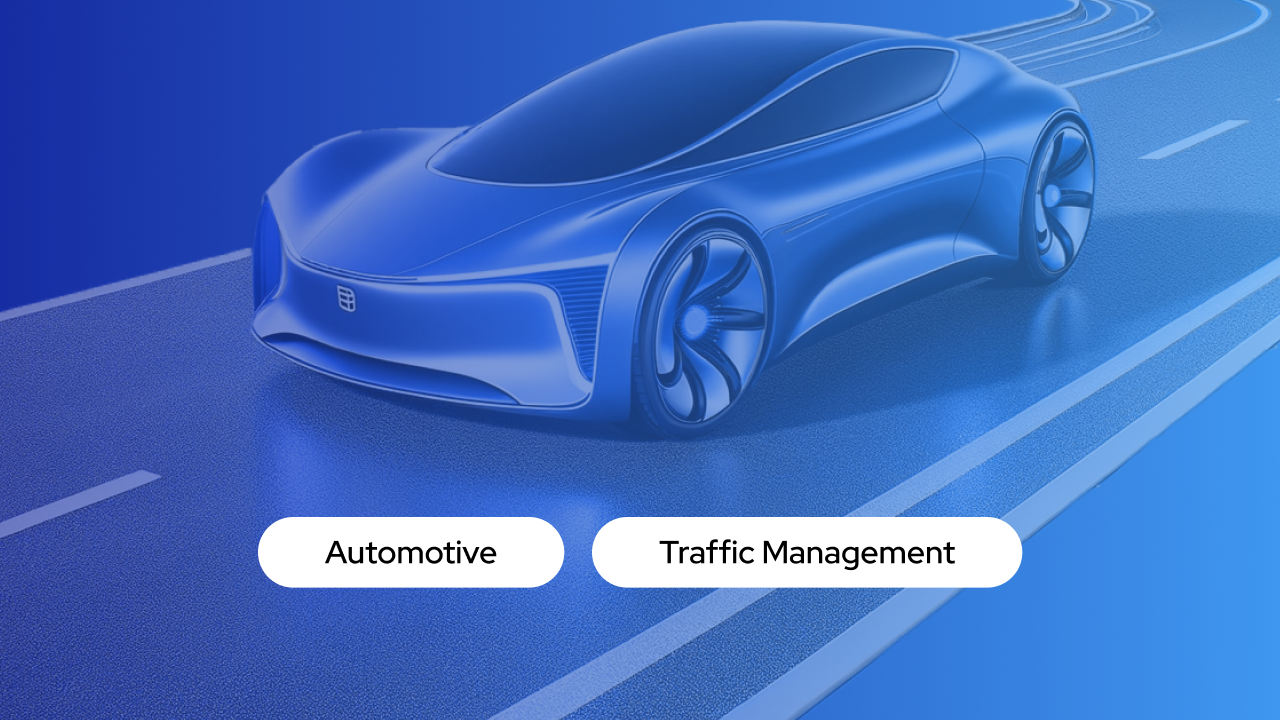How will AI save the bees? And the planet

In recent years, the significance of insect pollination in global agriculture has become increasingly apparent, with bees playing a pivotal role. It is estimated that approximately one-third of the world's agricultural output relies on bee pollination. This natural process not only contributes around $27 billion to the U.S. economy but also has a global economic impact of approximately $210 billion.
Bees are essential pollinators for a vast array of crops, including vegetables, fruits, seeds, and nuts, accounting for 71% of these crops' pollination needs. However, this crucial component of our agricultural system faces numerous threats. Factors such as intensive farming practices, the pervasive use of pesticides, environmental pollution, the emergence of new diseases and pests, urbanization, and the effects of climate change are collectively diminishing bee populations. This decline poses a significant risk to global food security and necessitates urgent intervention to support beekeeping efforts.
The market for AI in agriculture has been experiencing robust growth, valued at $1.7 billion in 2022, and is projected to exhibit a Compound Annual Growth Rate (CAGR) of over 20% from 2023 to 2032. This growth is driven by the escalating demand for agricultural robots, coupled with increasing consumer demand and the necessity for higher crop yields.

Each bee colony, capable of pollinating up to 300 million flowers daily, is an integral part of maintaining ecological balance and ensuring the sustainability of our food systems. In this context, advancements in robotics, artificial intelligence, and big data analytics are emerging as vital tools in enhancing the synergy between humans and bees. For example, an Israeli startup is at the forefront of developing smart beehives, which represents a groundbreaking approach in bee conservation.
These smart beehives automate various aspects of bee care, aiming to significantly lower the mortality rates of bee species, which have been under threat from various factors, including the destructive varroa destructor mite. In the United States, this parasite was responsible for the loss of 43.7% of bee colonies between 2019 and 2020.
Equipped with processors, sensors, and ventilation systems, these intelligent beehives monitor internal conditions such as temperature and humidity. The AI-driven system can intervene when necessary, providing resources like water or sugar based on identified patterns that may indicate a decline in the colony's population.
Furthermore, this technology can detect parasites and pests, applying heat treatments that are chemical-free. In cases where toxic substances like pesticides are present in the environment, the hive entrances can automatically close to protect the colony.
The efficacy of these smart beehives is evident in their impact: an 80% reduction in bee mortality and a 50% increase in yields. Additionally, these hives significantly reduce the manual labor required in traditional beekeeping.
Beyond individual colony care, the integration of big data and AI systems is revolutionizing the broader approach to honey bee population welfare. Companies are now offering intelligent hives equipped with sensors to both professionals and hobbyists. These hives are maintained by the companies, which also harvest the honey for their customers. Critically, the data collected is shared with renowned institutions like Harvard University and MIT for extensive analysis. This collaboration allows for a deeper understanding of the bees' health and the influence of environmental and climatic conditions over time, providing invaluable insights for the future of sustainable agriculture and beekeeping.




